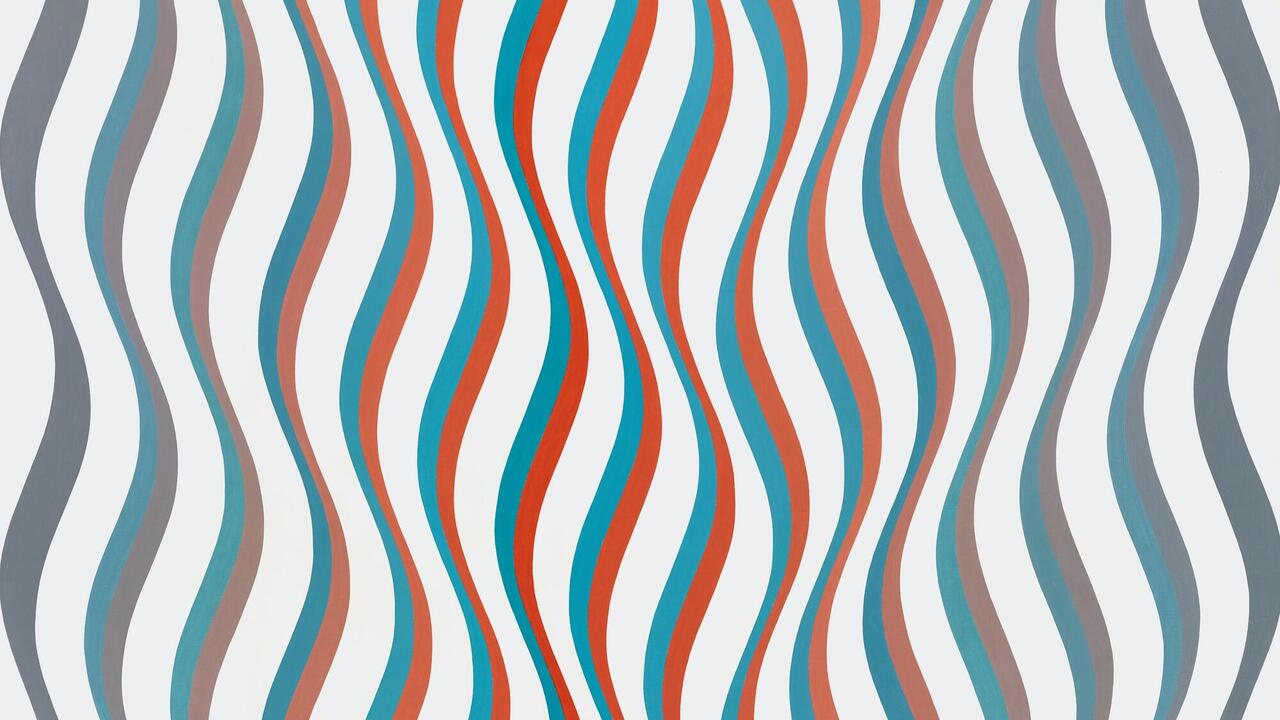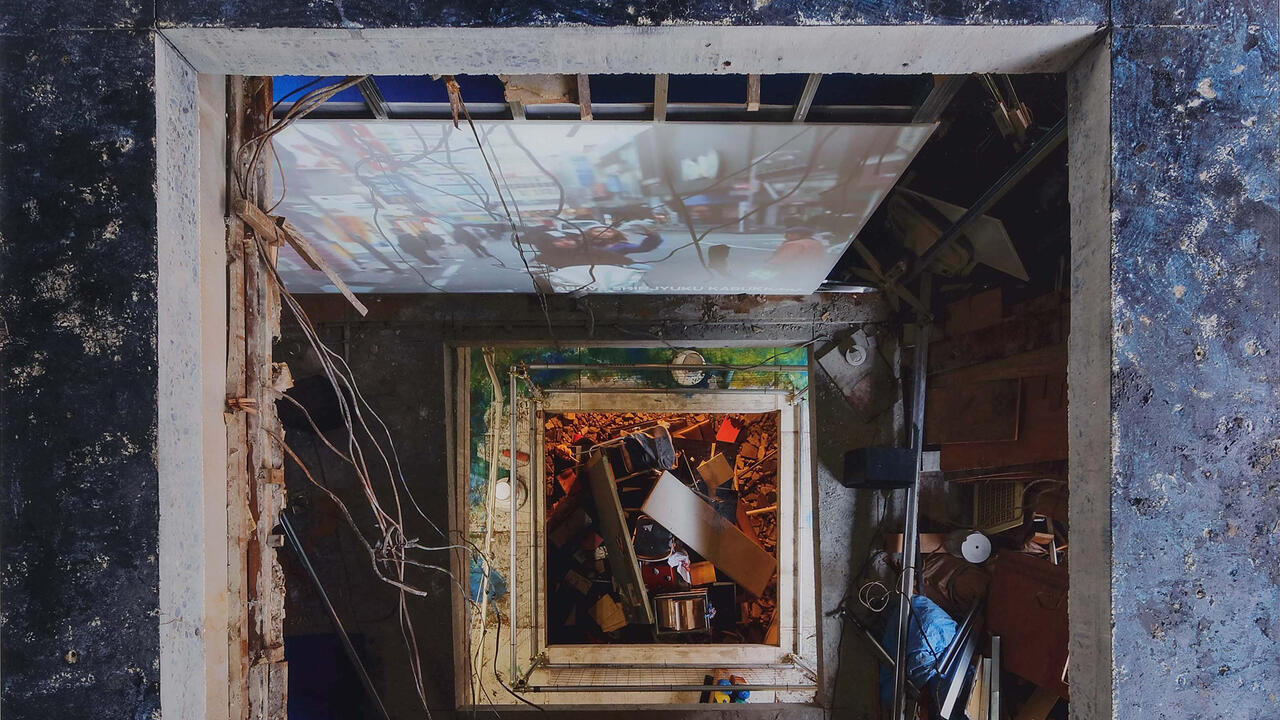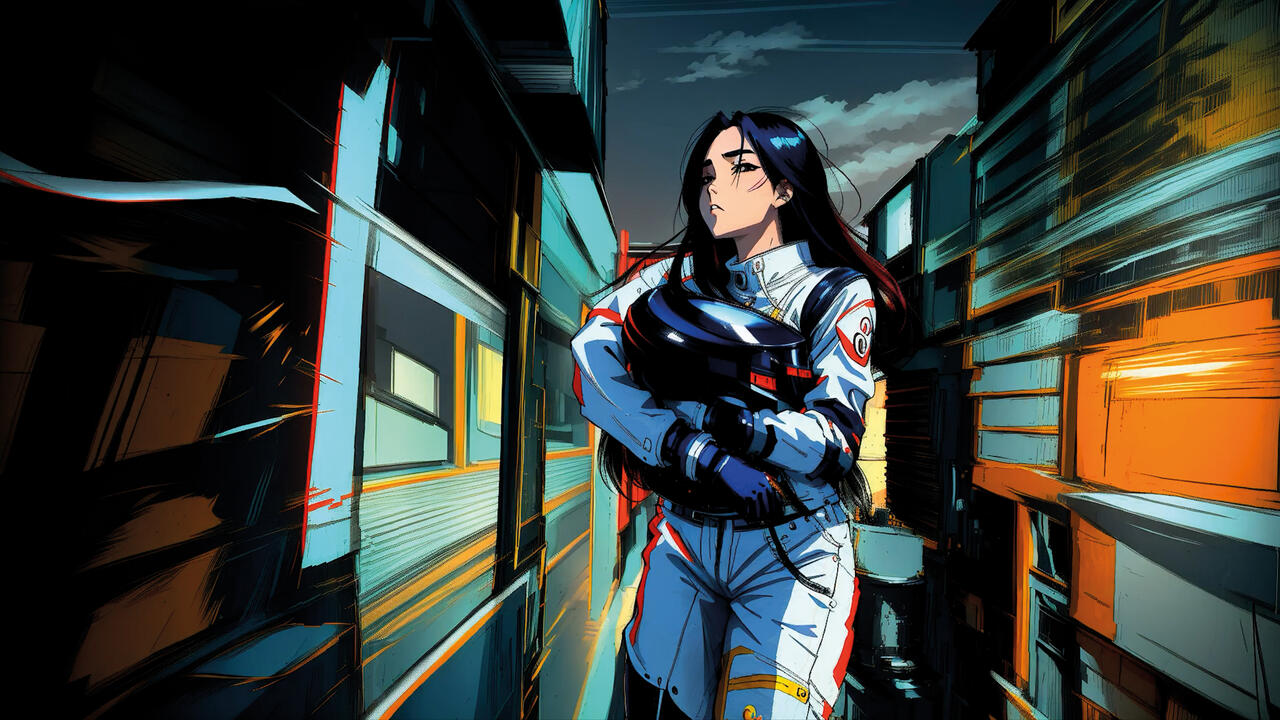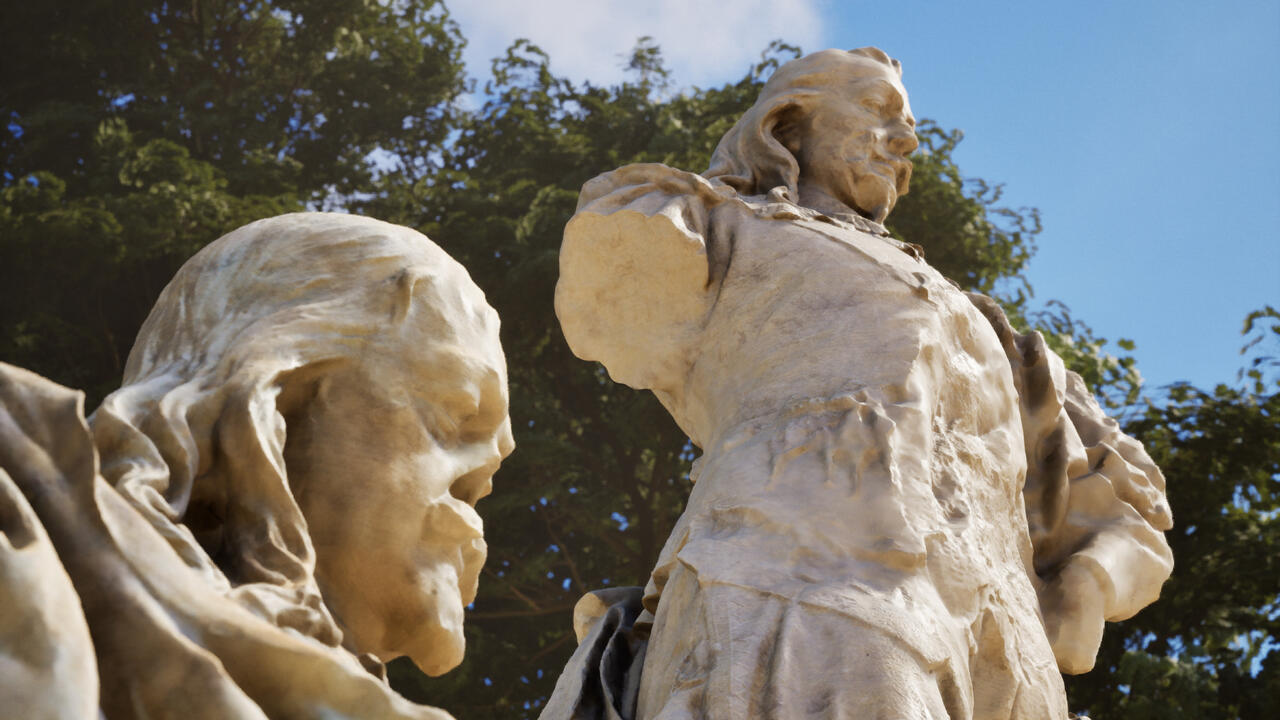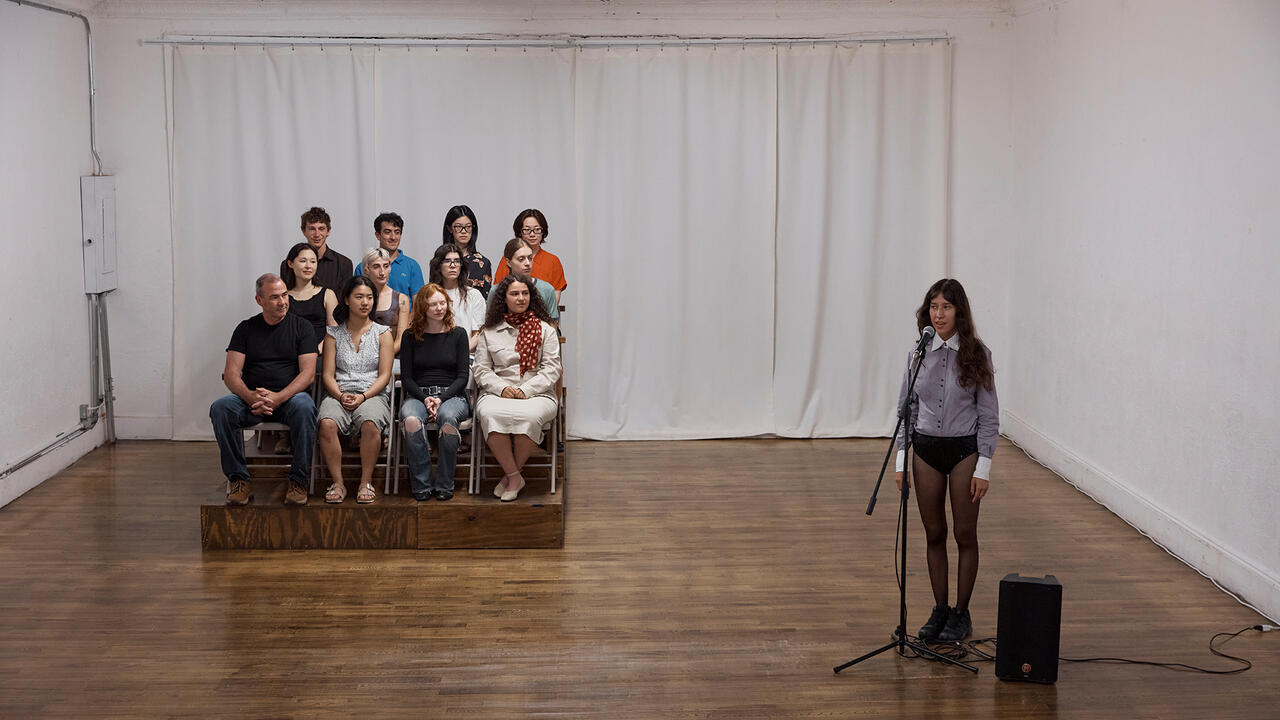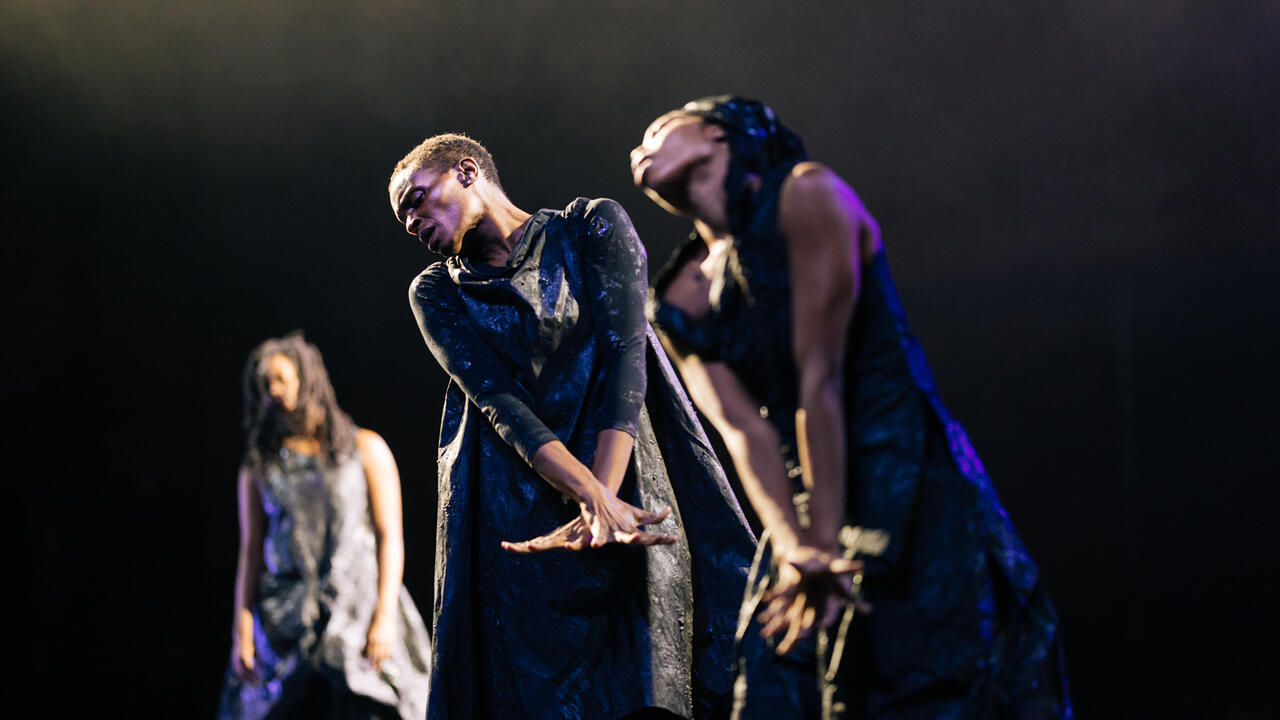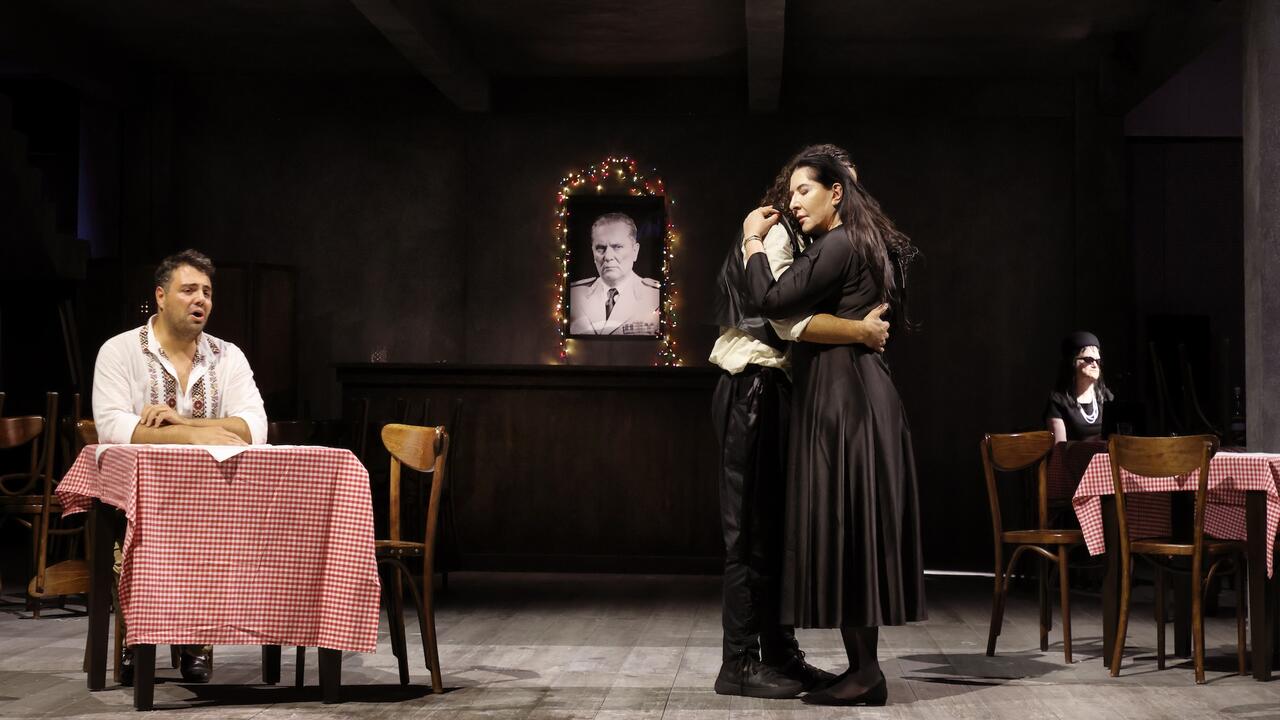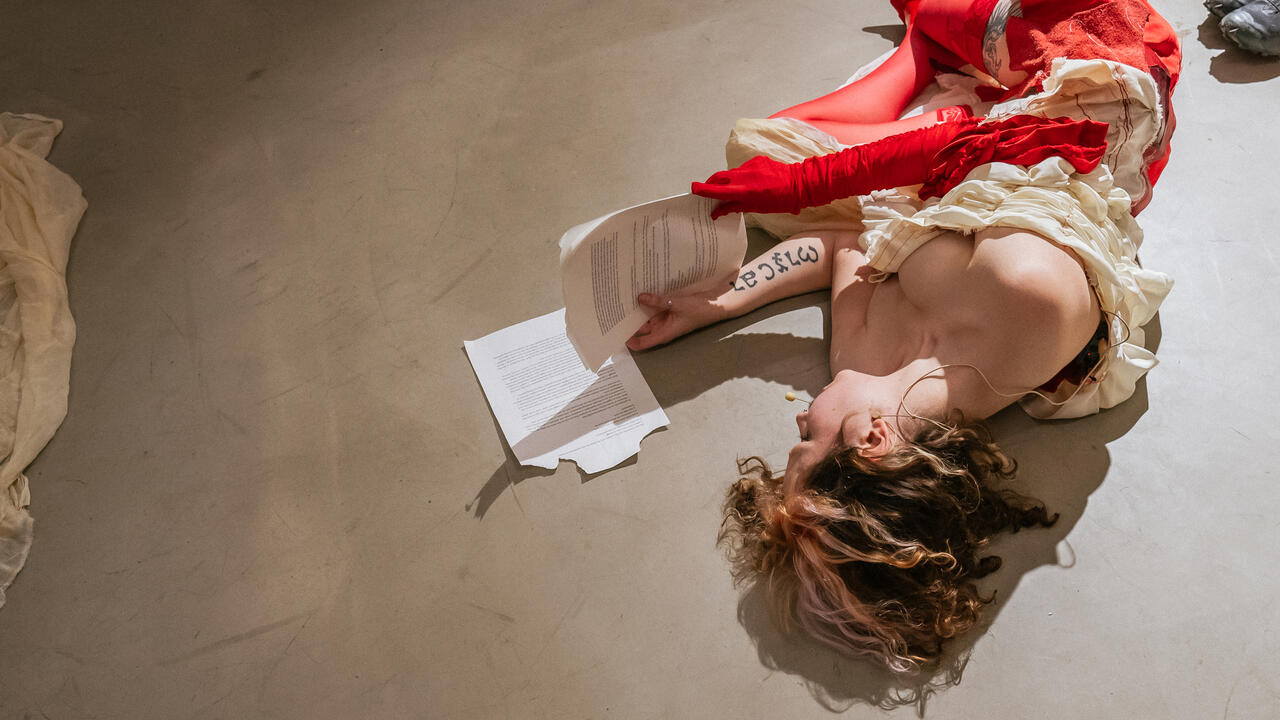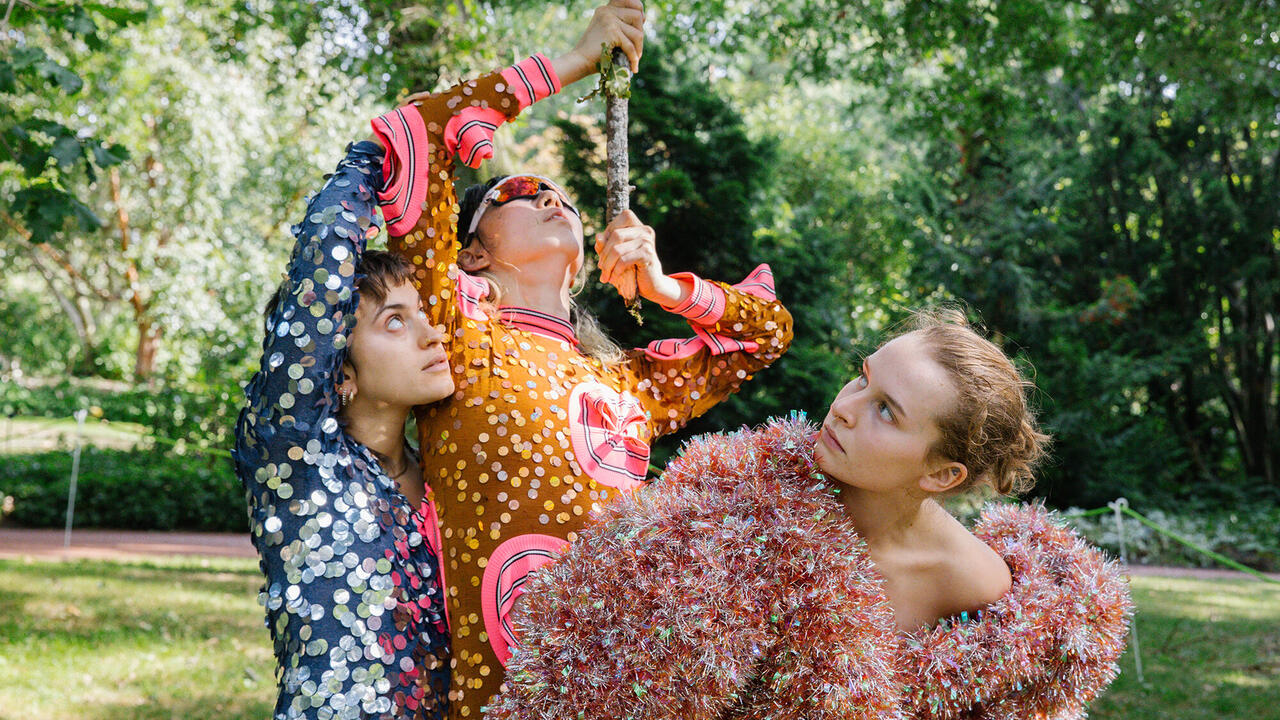‘Six Members Is Already a Society’
The provocative works of the Japanese collective Chim↑Pom
The provocative works of the Japanese collective Chim↑Pom

For the past decade, Chim↑Pom’s free-wheeling practice – characterized by a mischievous punk attitude – has included performance, video, sculpture and curatorial undertakings, all of which, as they put it, ‘respond instinctively to the “real” of [our] times’. They produced immediate, daring and humane responses to the earthquake, tsunami and Fukushima Daiichi nuclear catastrophe of March 2011. I met with the six members of Chim↑Pom – Ellie, Yasutaka Hayashi, Okada Masataka, Inaoka Motomu, Ushiro Ryuta and Mizuno Toshinori – several times over the past six months, and interviewed Ushiro and Ellie to find out how their group dynamic enables them to be so prolific. The members first got together in 2005, when they were in their early 20s, thanks to their association with the provocative Japanese artist Makoto Aida. Together, the six struck a balance between their different personalities and motivations, with the glamorous and exuberant Ellie – the only woman in the group and the only one who attended art school – joking that she often feels like ‘the mother’.1
In Japan, Chim↑Pom’s name, which sounds like chimpo (slang for penis), consistently causes problems for media commentators, who struggle to keep a straight face when reporting on the group’s actions. The collective’s irreverent attitude and instinctual approach to dealing with major events in Japan’s history has also got them into trouble, notably for their 2008 project Making the Sky of Hiroshima ‘PIKA!’, which involved skywriting ‘PIKA!’, a Japanese mimetic word for ‘FLASH!’, over the Hiroshima Peace Memorial, the iconic building whose skeletal dome withstood the blast of the atomic bomb in 1945. This elegiac work, made of delicate vapour trails that evaporated in the sky, stirred controversy in Japan. A local newspaper condemned Chim↑Pom for its lack of sensitivity, claiming that the word was too close for comfort to the term ‘Pika Don’, which refers specifically to the flash and sound of an atom bomb. The word’s resemblance to ‘Pikachu’, the name of a popular Pokémon character, was also considered disrespectful. The incident led to the cancellation of Chim↑Pom’s scheduled solo show at the Hiroshima City Museum of Contemporary Art: the institution urged the group to make a public apology to atomic bomb victims. Pondering the reasons for the misunderstanding of the work and explaining Chim↑Pom’s response, Ushiro, the group’s leader, told me: ‘There are many gaps between things – between Tokyo and Hiroshima, between the younger generation and the victim generation. We were curious about that. Why are there these huge lacunae? So, in 2009, we published a book called Why Can’t We Make the Sky of Hiroshima ‘PIKA!’?, in which we included the voices of victims, artists and critics. Although the museum cancelled the exhibition, the book ultimately served to record a host of opinions on the subject. Many art critics and artists in the country reflected on what happened, and it really seemed to be a turning point for Japanese art. Before that, it was very subtle – not at all radical or challenging. After PIKA, artists started to engage with social problems and to make more controversial works.’

Chim↑Pom’s ability to forge productive relationships with their most fervent critics embodies their collaborative ethos. For them, ‘six members is already a society’ – one that can have real effects in the rest of the world. While many were stunned by the events of March 2011, Chim↑Pom were galvanized into action, visiting the Fukushima nuclear exclusion zone, meeting local residents involved in the clean-up operation and making a number of works in the area. Just two months after the meltdown at the nuclear plant, they travelled to Soma City, some 50 kilometres from the site of the catastrophe, to make their two-channel video KI-AI 100, even though uncertainty still reigned over the extent of radiation leakage and possible aftershocks. In KI-AI 100, the left-hand screen shows footage filmed in a single take from the centre of a huddle of local people, among whom Ellie, with her bright blonde hair, is instantly recognizable. Their faces are backlit against a grey sky, while their voices grow increasingly hoarse with a rapid-fire litany of 100 cries: ‘We’ll get through this, Tohoku!’ ‘Japan is awesome!’ ‘Screw you, nukes!’ On the other screen, wide shots reveal the devastated landscape surrounding the huddle: a beached fishing trawler dwarfs a nearby house, furniture and debris litter the ground, tangled cables dangle from leaning telegraph poles.
‘Ki-Ai’ is a martial arts term for the practice of harnessing and directing energy through a swift exhalation and shout prior to an attack – it’s an expression of the fighting spirit. In that sense, KI-AI 100 is a performance of catharsis and a collective expression of the will to move forward. Ellie explained how the group overcame the paralysis that seized Japan in the wake of the disaster: ‘We thought about how people would look back on this moment in years to come. Society was really shying away from the vastness of the impact. There was a kind of self-imposed silence, a memorial silence. We thought: we could be quiet, we could be silent, but we need to think to the future, to record this moment for posterity. We wanted to make an artwork that really pushed us. Real Times (2011), which we filmed in the nuclear exclusion zone in Fukushima, became the foundation of our later activities.’ For this work, Chim↑Pom members trespassed on land near the damaged TEPCO nuclear plant and filmed themselves, in hazmat suits, climbing to the top of a nearby hill renowned for its picturesque views of the Pacific Ocean. They took out a white banner on which they sprayed a red circle, emulating the Japanese flag. They then added three blades to the circle, transforming it into the international radiation trefoil symbol.

The black humour evident in these works is characteristic of Chim↑Pom’s approach to extreme situations. This attitude has been visible since their first work, Super Rat (2006), which they re-created in 2008 and 2011. After taking an interest in a particular strain of ‘super rat’, which has proliferated in the central Tokyo district of Shibuya thanks to its resistance to even the most powerful poisons, the artists filmed themselves chasing and catching the rats, which feed on the rubbish from fast-food restaurants. Once killed, the rats were then stuffed, dyed and decorated to look like the Pokémon character Pikachu. While the work has serious implications relating to the co-existence of people and vermin, and the environmental consequences of a consumer society, it also represents a subtle provocation aimed at the canon of Japanese contemporary art. The Japanese pronunciation of ‘super rat’ sounds like ‘superflat’, the term for Takashi Murakami’s manga-influenced art movement, which has dominated Japanese contemporary art for the past 20 years. For Chim↑Pom, the super rat also symbolizes the Japanese people in the wake of catastrophic nuclear incidents, because of its intelligence and ability to evolve in order to survive poisonous attacks. As Ushiro explained: ‘We identify with the super rats. We have some sympathy for them and respect them as peers.’ When a Japanese collector purchased the first Super Rat piece, Chim↑Pom revelled in the irony of vermin being valued as desirable commodities, something they saw as ‘flattening society and annihilating class and financial divisions’.
Chim↑Pom manage to make rubbish and waste into artworks that serve as metaphors for human cognitive dissonance: people mourning the victims of atomic bombs, for instance, while voting for politicians who support nuclear energy. For Saya mau pergi ke tpa (I Want to Go to the Landfill, 2008), the group chartered a tourist helicopter to fly Ellie over mountains of rubbish in Bali and drop plastic bags, while Inaoka stayed on the ground with local rubbish pickers to catch the bags, which they could trade for cash. Chim↑Pom then purchased a mountain of plastic bags from the rubbish pickers and exhibited them in Indonesia and Japan alongside a video of the action. ‘Garbage always reflects the paradox of our society,’ Ushiro told me. ‘At night, rats roam around in the garbage but, in the early morning, crows gather to pick at it as well, so this garbage bag becomes the symbolic medium that connects human beings to these animals; it is the link between mass consumerism and disposal. You cannot put nuclear waste anywhere. The products enable us to move society ahead, but there is always some rubbish left behind.’

Last August, Chim↑Pom celebrated their tenth anniversary by opening Garter, an artist-run gallery in Tokyo. At liberty in their own space, they created an exhibition about artistic censorship in Japan. At Okada’s suggestion, the show took a self-critical look at the group’s ‘dark history of accepting censorship’, in order to underscore ‘the responsibility of artists, who also accept censorship’. They remade five of their own previously censored works, creating new versions that implemented the changes required by the censoring institution. Ushiro gave me some examples of their works in which elements considered taboo in Japan or elsewhere had been suppressed: ‘We beeped out the sound of words related to radioactivity in KI-AI 100, for instance. Also, Real Times, exhibited at the 2012 Shanghai Biennale, had to be modified as relations between Japan and China were difficult at the time and the Chinese government asked us not to include the original flag. So, we used a red flag instead, and the Japanese symbol disappeared.’
Chim↑Pom’s willingness to face their detractors and to sublimate disapproval into new and re-made work makes their own criticism of the lacunae within Japanese society and history all the more powerful. In April 2011, the group anonymously appended an additional section onto Myth of Tomorrow (1969), a mural by one of Japan’s most celebrated artists, Tarō Okamoto, which hangs in the main hall of Tokyo’s busy Shibuya station. The massive wall painting commemorates the history of Japan’s exposure to radiation, with expressionistic depictions of the bombings of Hiroshima and Nagasaki, and of Lucky Dragon 5, the fishing boat contaminated during the us nuclear experiments in Bikini Atoll in 1954. LEVEL 7 feat. ‘Myth of Tomorrow’, Chim↑Pom’s addition to the mural, depicted the nuclear meltdown in Fukushima in Okamoto’s signature style. As soon as it was added to an empty section of the tiled painting, commuters noticed. Once again, Chim↑Pom’s actions gained widespread media coverage and polarized public opinion. After being removed by the police, the work eventually found its way to an exhibition at the Tarō Okamoto Memorial Museum in 2013.

The members of Chim↑Pom discuss their internal politics in an informal manner, not least Ushiro when he describes forming the collective: ‘There were, like, 30 young kids getting together and just hanging around, and then, one day, I pointed to some guys and said: “Okay, let’s form the group!”’ Ellie attributes their successful synergy to a ‘common sense, or shared value, about the standard of what is good, or what is cool’. Uncharacteristically slight, but one of the most memorable of all Chim↑Pom’s works, Never Give Up (2011) is a fax sent to the group by Sunao Tsuboi, a survivor of the Hiroshima bombing and a prominent anti-nuclear activist. The plain sheet of paper bears Tsuboi’s motto in both Japanese and English: ‘Never give up!’ It sits in a mud-splattered frame that survived the 2011 tsunami in Fukushima. As with Chim↑Pom’s most moving works, Never Give Up achieves that rare balance between provocation and poignancy. An unflinching portrayal of the miserable contradictions of human existence, it nonetheless offers an unequivocal message of hope.
1) All quotes, unless otherwise noted, are from interviews with Ushiro Ryuta and Ellie conducted by the author on 22 April and 4 September 2015 in London, UK.
Chim↑Pom is a six-member artists’ collective based in Tokyo, Japan. Current projects include their initiation and participation in ‘Don’t Follow the Wind’ at various venues in the exclusion zone in Fukushima, Japan, as well as at the Watari Museum of Contemporary Art, Tokyo. Their work is currently on view as part of ‘RISK’ at Turner Contemporary, Margate, UK, and at the 3rd Ural Industrial Biennial of Contemporary Art, Ekaterinburg, Russia. In November 2015, they will take part in the Jakarta Biennale, Indonesia; ‘Prospectif Cinéma’ at the Centre Pompidou, Paris, France; and a group exhibition at the Museum of Contemporary Art, Tokyo.









